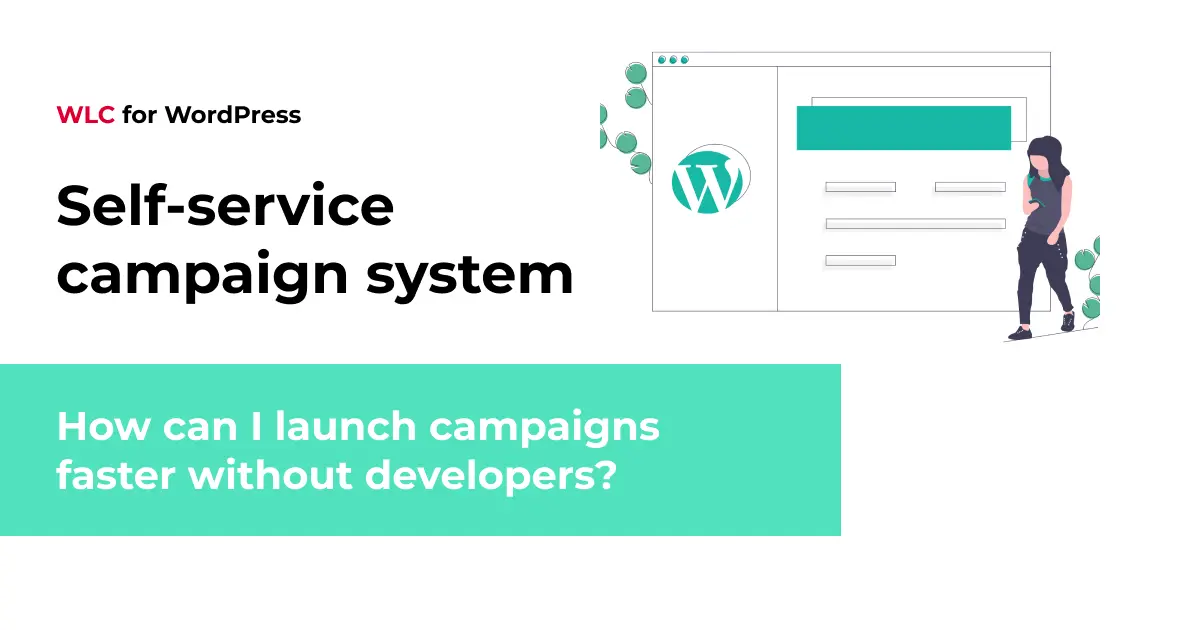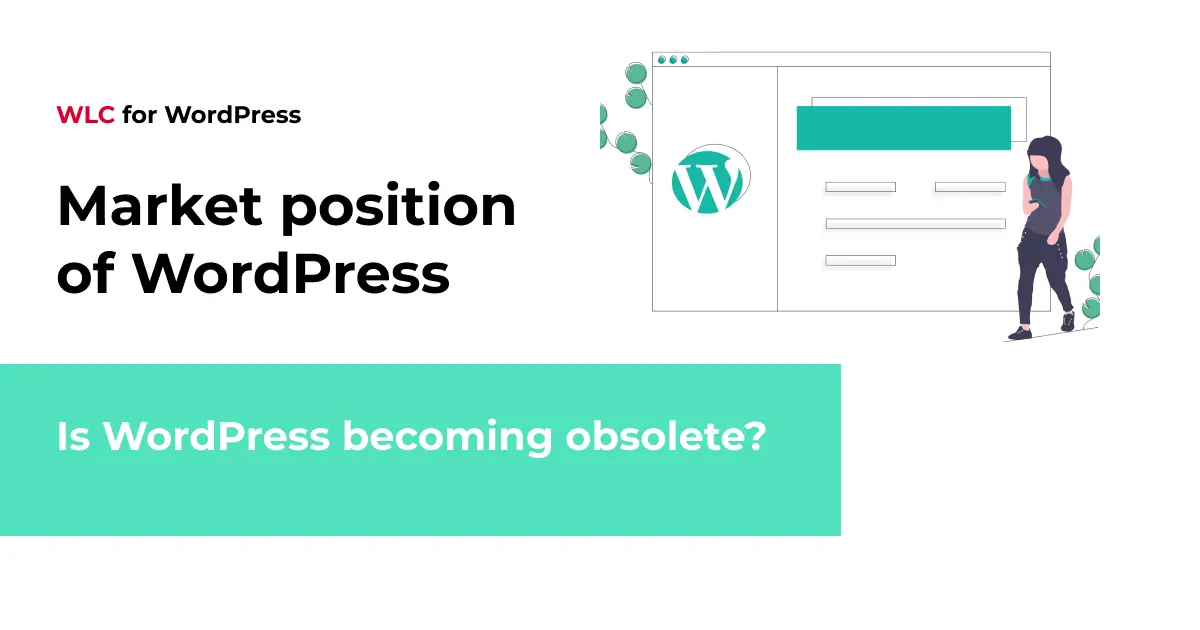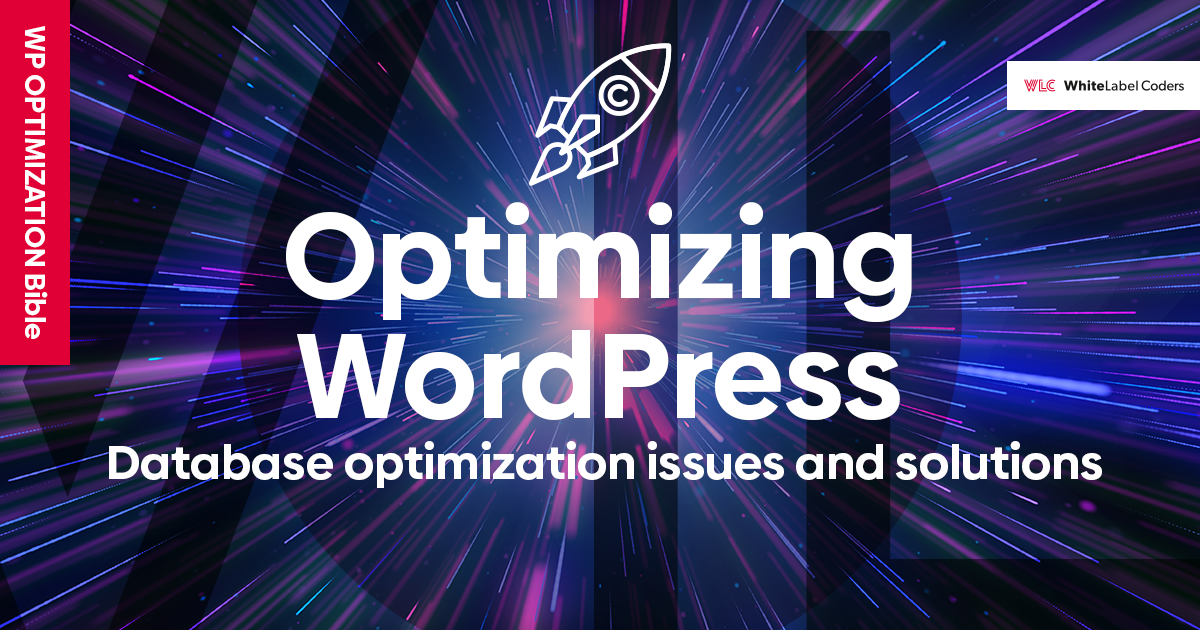Category: WordPress
How can I launch campaigns faster without developers?

To launch campaigns faster without developers, marketing teams need a self-service WordPress system with custom block libraries and centralized data management. Modern WordPress block editors like Gutenberg, combined with Full Site Editing, transform campaign creation into a visual process that eliminates coding requirements. Pre-built components for broker comparisons, fee tables, and review pages allow trading affiliates to deploy landing pages in minutes rather than weeks, responding quickly to market opportunities without waiting for development resources.
What does it mean to launch campaigns without developer support?
Launching campaigns without developer support means marketing teams can independently create, publish, and modify landing pages, comparison tables, broker reviews, and promotional content using visual tools rather than requiring custom code. This approach shifts from traditional development workflows where every new page needs technical implementation to self-service campaign creation where pre-built components and templates enable non-technical users to build professional pages through drag-and-drop interfaces.
For trading affiliates, this independence matters tremendously. When a broker launches a new promotion or changes their fee structure, you need to respond immediately. Waiting days or weeks for developer availability means missed commissions and lost competitive advantage. Developer-independent WordPress campaign deployment puts control directly in the hands of content and marketing teams who understand the market timing.
The core technologies enabling this independence include modern WordPress block editors, custom component libraries tailored to trading affiliate needs, centralized data management systems, and architectural frameworks that separate content creation from technical infrastructure. These tools provide the flexibility marketing teams need whilst maintaining the technical quality and performance standards developers would ensure.
Why do traditional campaign launches require developers in the first place?
Traditional WordPress setups require developers because creating custom layouts, integrating dynamic data, and maintaining responsive design demands HTML, CSS, JavaScript, and PHP knowledge. Legacy themes use custom-coded templates where every new page type needs developer implementation. Database integrations for broker information, API connections for live pricing data, and performance optimization all require technical expertise that marketing teams typically don’t possess.
The underlying architecture creates these bottlenecks. Older WordPress installations tightly couple design and functionality, meaning you can’t change one without affecting the other. Custom post types, advanced custom fields, and template hierarchies require understanding WordPress development conventions. When your comparison tables need real-time spread data or your review pages require structured schema markup, developers become gatekeepers for every campaign modification.
This dependency compounds over time. Each custom solution creates technical debt that only the original developers understand. Marketing teams become frustrated waiting for simple changes whilst developers struggle with competing priorities. The faster marketing campaigns demand agility, the more this traditional approach fails to deliver the speed trading affiliates need in competitive markets.
How can WordPress block editors eliminate developer bottlenecks?
WordPress block editors like Gutenberg transform campaign creation by providing a visual, component-based interface where users drag and drop pre-built blocks to construct pages. Full Site Editing extends this approach to entire page layouts, headers, footers, and templates. Marketing teams work with ready-made components designed specifically for their needs rather than requesting custom development for each new page.
For trading affiliates, custom block libraries become the solution. Imagine having dedicated blocks for broker comparison tables, fee structure displays, review rating cards, regulatory information panels, and live chart widgets. Each block maintains consistent styling, proper responsive behaviour, and optimized performance because developers built quality into the components themselves. Marketing teams simply configure the blocks with appropriate content and data.
The balance between flexibility and guardrails makes this approach work. Blocks provide enough customization options for varied campaigns whilst preventing the technical mistakes that break layouts or harm performance. You can adjust colors, spacing, and content within defined parameters, but you can’t accidentally create a page that loads slowly or displays poorly on mobile devices. This controlled flexibility delivers both speed and quality.
Modern block patterns take this further by providing entire section templates. Need a broker comparison landing page? Start with a pre-designed pattern that includes hero section, feature comparison table, review highlights, and call-to-action blocks. Customize the content and data sources, and you’ve built a professional campaign page in minutes without writing a single line of code.
What is a trading data center and how does it speed up campaigns?
A Trading Data Center is a centralized database that serves as the single source of truth for all broker information, spreads, fees, promotions, regulatory details, and review content across your entire portal. Instead of manually entering broker data separately for each landing page, comparison table, and review section, you update information once in the data center and it automatically propagates everywhere that data appears.
This centralization transforms campaign speed dramatically. When a broker changes their minimum deposit from £100 to £50, you update one record and every page displaying that information refreshes automatically. Creating a new comparison campaign becomes a matter of selecting which brokers to feature and which data points to display rather than manually researching and entering information repeatedly.
API integrations enhance this further by feeding real-time data without manual intervention. Live spread information, current exchange rates, and active promotions flow directly from broker APIs into your data center. Your comparison tables and review pages display accurate, current information automatically. Marketing teams launch campaigns confident that data accuracy is maintained without constant manual verification.
The data propagation works through WordPress relationships and dynamic queries. Each custom block pulls information from the centralized data center rather than storing static content. When you place a broker comparison block on a page, it queries the data center for current information at page load. This architecture means faster marketing campaigns with better data accuracy and dramatically reduced maintenance overhead.
How do you maintain quality and consistency without developer oversight?
Quality and consistency without developer oversight rely on component libraries and design systems that embed best practices directly into the tools marketing teams use. Custom blocks include built-in performance optimization like lazy loading for images, proper caching headers, and efficient database queries. Design constraints ensure brand consistency by limiting color choices, typography options, and spacing to approved values from your style guide.
Template constraints provide guardrails that prevent common mistakes. Blocks validate their configuration, warning users when required fields are missing or data selections don’t make sense. Image blocks automatically optimize file sizes and generate responsive versions. Comparison table blocks enforce consistent column structures that display properly across devices. The tools themselves maintain quality standards.
Governance models add another layer when needed. Approval workflows can route new campaigns through senior team members before publication. Version control tracks changes, allowing rollback if something goes wrong. User roles and permissions restrict access to sensitive configurations whilst giving marketing teams freedom within their domain. These systems balance autonomy with appropriate oversight.
Automated performance monitoring ensures technical standards remain high. Core Web Vitals tracking alerts teams when pages fall below performance thresholds. Broken link checking, schema validation, and accessibility audits run automatically. Marketing teams receive actionable feedback about issues without needing technical knowledge to interpret raw metrics. Quality becomes a shared responsibility supported by intelligent systems.
What technical foundation makes self-service campaign creation possible?
Self-service campaign creation requires modern WordPress frameworks like Sage, Bedrock, or Radicle that separate concerns and create maintainable architectures. These frameworks organize code logically, making it possible for developers to build robust custom blocks and data systems that marketing teams can use confidently. Component-based architecture treats each block as an independent, reusable unit with clear interfaces.
The infrastructure supporting this includes CDN configuration for fast global content delivery, Redis or similar caching for database query optimization, and properly configured server-side rendering. These technical elements ensure that pages built by marketing teams load quickly and perform well without requiring per-page optimization. The foundation handles performance automatically.
API-first design makes data integration seamless. The Trading Data Center exposes clean APIs that custom blocks consume. External broker APIs connect through standardized interfaces that handle authentication, rate limiting, and error recovery. This architecture means adding new data sources or creating new block types follows established patterns rather than requiring custom solutions each time.
CI/CD pipelines allow marketing teams to publish confidently without breaking production environments. Changes deploy through staging environments first, with automated testing catching issues before they reach live sites. Version control provides safety nets. Database migrations handle data structure changes gracefully. These technical foundations create the stability that makes developer-independent WordPress campaign deployment viable.
How long does it take to set up a self-service campaign system?
Setting up a complete self-service campaign system typically takes 8-16 weeks depending on portal complexity and existing technical infrastructure. This includes discovery and requirements gathering (2-3 weeks), custom block development and data center architecture (4-8 weeks), testing and training (1-2 weeks), and phased rollout (1-3 weeks). The upfront investment of developer time builds the foundation that eliminates developer dependency for every subsequent campaign.
The implementation phases break down logically. Discovery identifies which campaign types your teams launch most frequently and what data they need access to. This informs which custom blocks provide the highest value. Developers then build these blocks alongside the Trading Data Center architecture, ensuring data flows smoothly and blocks perform well. Testing catches edge cases before marketing teams encounter them in production.
Training bridges the gap between technical implementation and practical use. Marketing teams learn the block editor interface, understand how to configure blocks properly, and practice building common campaign types. Documentation provides ongoing reference. Support structures help teams when they encounter unfamiliar situations. This investment in capability building ensures teams actually achieve independence rather than simply having tools they can’t use effectively.
The timeline varies based on factors like how many custom blocks you need, complexity of data integrations with broker APIs, existing WordPress setup (greenfield versus migration), and team size for parallel development work. Trading affiliate portals with extensive comparison requirements and multiple data sources naturally take longer than simpler review sites. However, even complex implementations typically complete within four months, after which campaign creation accelerates dramatically.
What skills do marketing teams need to launch campaigns independently?
Marketing teams need basic WordPress familiarity, comfort with visual editing interfaces, understanding of content strategy fundamentals, and basic SEO knowledge to launch campaigns independently. The technical requirements are surprisingly modest because modern block editors are designed for non-technical users. If your team can use document editors with formatting tools and image insertion, they can learn WordPress block editors quickly.
The learning curve focuses on understanding which blocks serve which purposes and how to configure them effectively. This is conceptual knowledge rather than technical skill. Knowing that broker comparison blocks need data source selection, column configuration, and sorting options becomes familiar through practice. Most teams achieve comfortable proficiency within 2-3 weeks of regular use.
Content strategy understanding matters more than technical ability. Teams need to know what makes effective landing pages, how to structure comparison tables for user clarity, and how to write compelling review content. These marketing fundamentals determine campaign success regardless of the technical tools used. The block editor simply becomes the means of implementing good strategy.
Knowing when to escalate to developers remains valuable. Truly custom requirements that don’t fit existing blocks, performance issues beyond normal parameters, or complex data integration challenges still benefit from technical expertise. The goal isn’t eliminating developers entirely but reducing dependency for routine campaign work. Teams that understand this boundary work most effectively, handling 80-90% of campaign needs independently whilst engaging developers strategically for specialized requirements.
Training approaches vary based on team size and learning preferences. Hands-on workshops where teams build real campaigns provide practical experience. Video tutorials offer reference for specific tasks. Written documentation helps when teams encounter less common scenarios. Ongoing support through dedicated channels ensures teams get help when needed. This comprehensive enablement transforms tools into genuine capability for faster marketing campaigns without constant developer involvement.






